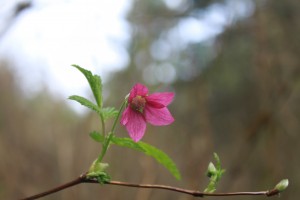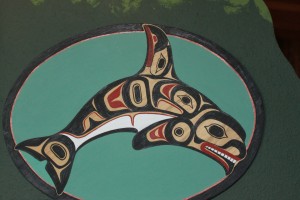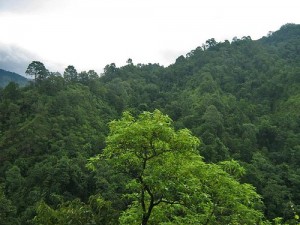A Sense of Community
After a weekend filled of adventure and excitement I spent most of my Sunday relaxing, reading one of my new books that I found at the great used bookstore in Friday Harbor. Fittingly titled “Serendipity” this quaint little shop stole my heart with its book-filled walls, floors, and ceilings of every imaginable book genre. Despite the draw from the variety of sections, I somehow found myself hunkered down on a stool in front of a shelf full of books on my favorite subject…whales. Before discovering this gem of a shop, my Saturday morning started off with a misty row across the harbor into town. As a group, we wanted to spend our first Saturday adventuring around town together. This of course included visiting the one place we had wanted to go to all week, the Whale Museum.
Finding myself wandering around the museum surrounded by hand painted whales swimming across the oceanic walls with the sounds of orca calls filling the air, it finally began to sank in. This experience that I have been dreaming about for years, is finally becoming a reality. I felt like a little kid again, bubbling with uncontainable excitement. That day spent exploring the town, as a group was great. We have already begun to make so many memories here on this enchanted island. The day granted me one more surprise when we ran into an old acquaintance of mine at the movie theatre, Captain Jim Maya. Captain Jim runs one of the local whale watch boats here on San Juan Island. He took my mom and I out whale watching about three years ago. It was the first time I that I saw orcas in the wild, and I will never forget it. I very much attribute my participation in the Beam Reach program to that affirming experience. The phrase “it’s a small world†doesn’t justify our run in with Captain Jim. The sense of community on San Juan Island is incredibly strong. I have a feeling that we will only find ourselves getting more attached to the kind and interesting people that make the atmosphere of Friday Harbor irresistible. Every day I can sense that we are building ourselves a new type of community as a class, and meshing it with the existing one of Friday Harbor.
My favorite aspect of the Beam Reach Program is the continuance of my education; we never stop learning, even our break times are filled with academic discussions and inquiries. The other beautiful part of this program is the power the individual student is given to create our own education. Although the resident orca whales intrigue all of us, we also have unique interests outside of the Beam Reach course. Providing us with an opportunity to share those interests with the class, our assignments often ask us to choose journal articles for group discussion. The common thread among all of the articles being that they involve or discuss the practice of sustainable science. When thinking about a case study that I was personally interested in learning about, I instantly thought of Nepal and my hopes to travel there next spring to study community forestry and sustainability. Fittingly, the paper that I chose to discuss with the class is “Capital Formation and Community Forestry in Nepal”. Community forestry in Nepal has become a vital thread of sustainability and environmental conservation. This paper examined the role that capital formation plays in the community forestry process. Specifically, it looked into what characteristics determine the success of a Forest User Group, the title of the community forestry groups, what the generated capital is used for, and the affect this has on the community’s views of the forestry system. What the study found was that the management of their sales, and the type of forest they were managing determined the success of a Forest User Group. In almost all examined cases, the generated capital was primarily used to benefit the community in education.
Overall, a positive change in attitude towards the system of community forestry was also demonstrated. I feel the paper really demonstrates that giving power and responsibility of the local environment to the community that it affects results in  benefits for the community, as well as improved conservation of the environment. I feel that community management methods are incredibly sustainable, and although the transition period may be difficult if they are given the proper skills, the outcome will outweigh any costs. Reading about the success of community resource management in Nepal got me thinking about community resource management in the San Juan Islands. This community cares a great deal about the local environment and the ecosystems that keep it pristine. I can’t help but wonder what the state of the herring, salmon, orca, and other marine animals would be if community resource management were implemented. Would they be in a better or worse state than they are today? It is hard to say, but I hope to think about this more as the weeks progress. The week ahead promises more mind expansion with multiple guest scientists visiting and lots of afternoons spent out at Lime Kiln Lighthouse.







 Twitter
Twitter LinkedIn
LinkedIn Facebook
Facebook